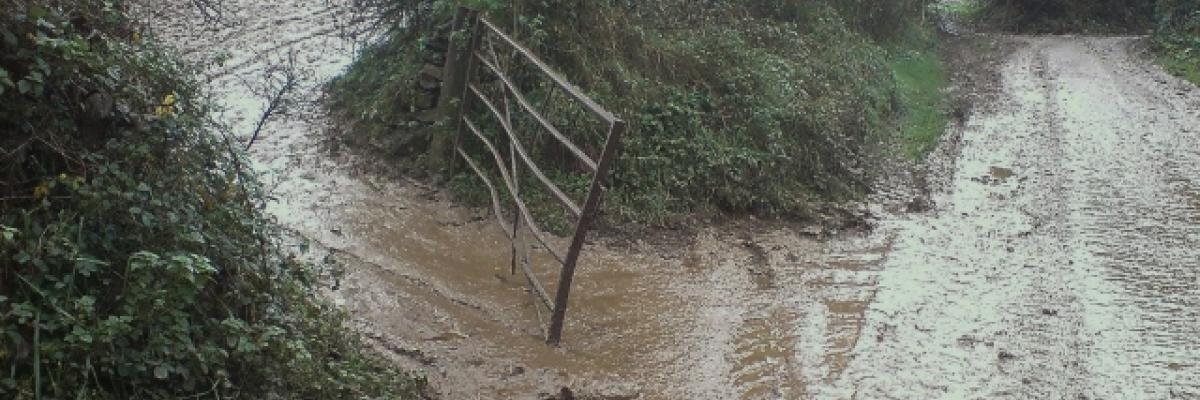


Field drainage guide
Principles, installation and maintenance
Download the PDF
To protect and enhance your crop-rooting environment (benefiting your soil and crops), good field drainage is essential. It is also critical in helping to minimise surface-water run-off, reduce flooding, poaching, compaction and soil erosion, and improve soil structure. This extensive guide is packed with clear instructions accompanied by effective visuals. The key areas covered are: Introducing the principles behind field drainage; identifying the need for drainage (assessing your fields and soil and soil structure, appearance and root development); soil management for effective drainage (ways of reducing soil damage including use of machinery); identifying and assessing existing drainage systems (typical drainage layouts, drainage plans, risk management, impact on pollution risk and assessing the costs and benefits); maintenance and repairs (ditches, outfall, pipes, mole drains); and renewal and installation (different factors to consider). Useful farm case studies and links to other sources of information are also included.
- Improving drainage in your fields has numerous benefits including:
- Better crop germination, yield and quality.
- Improved soil fertility due to faster warming of soils, improved environment for soil organisms, better plant root access to water and oxygen and better uptake of soil mineral nitrogen.
- Cost savings through less rain damage to crops or grazing land. - Better access to land due to reduced waterlogging (bringing extended growing and grazing seasons and more chance of applying crop inputs at optimum times).
- Improved speed of work and fuel use through fewer cultivation passes, fewer wet areas to avoid, reduced wear and tear, and better traction.
- Reduced livestock poaching.
- Reduced surface run-off and erosion and phosphorus and pesticide losses.
- Reduced livestock health risks.
- Reduced risk of soil contamination during silaging.
- Benefits to your farm business can depend on climate, soil type and land use, so it is important to conduct environmental and cost-benefit assessments before installing or managing field drainage systems.
- Land management options such as creating wet grassland, ditch management and buffering of water bodies, can be used to reduce negative impacts of drainage on water quality or to create/improve wetlands and ditch habitats.
